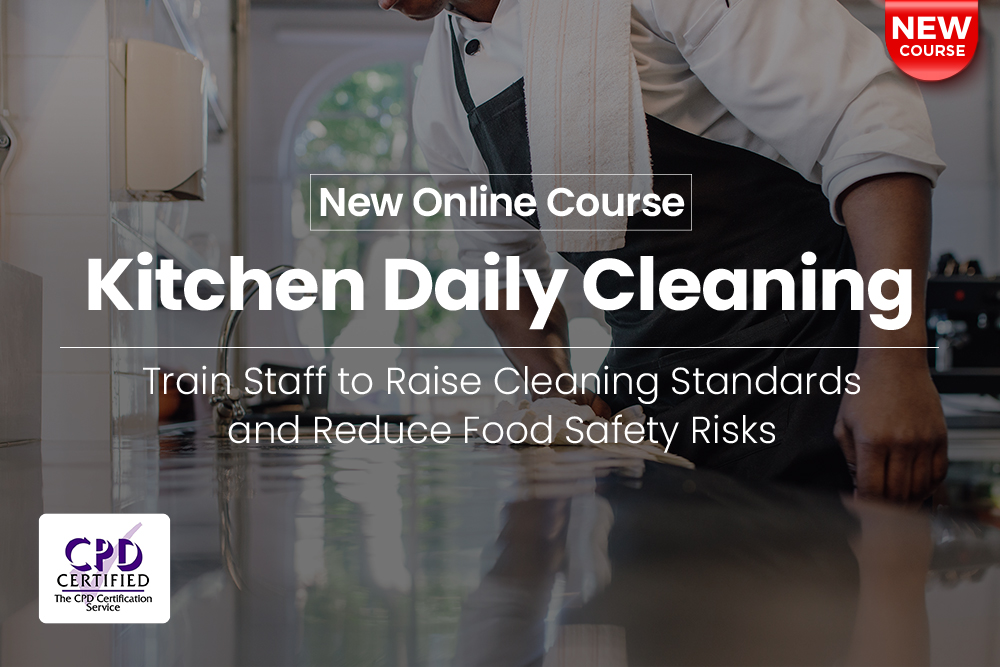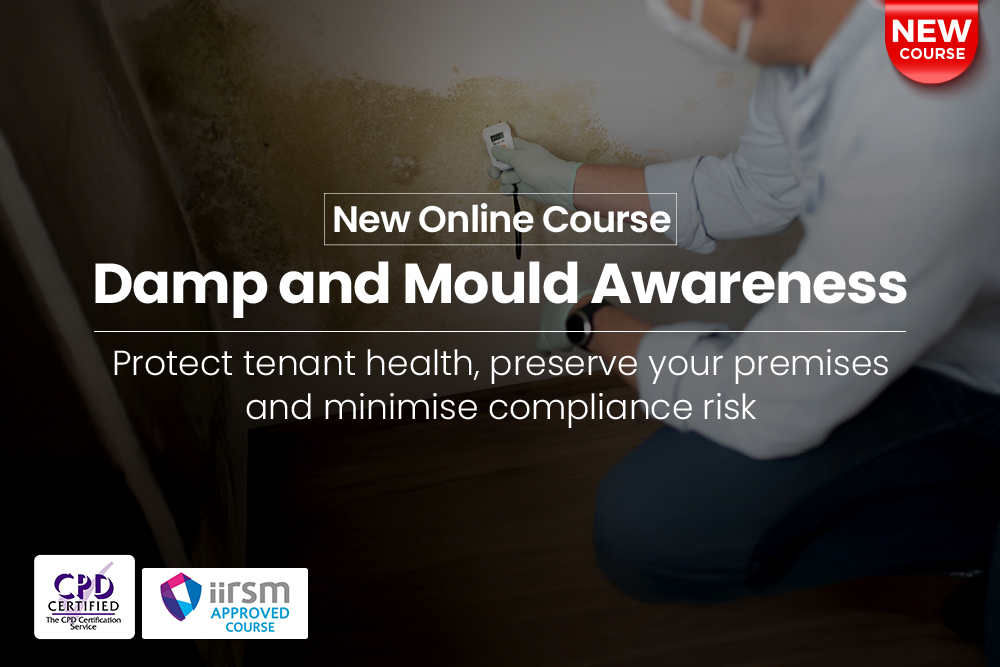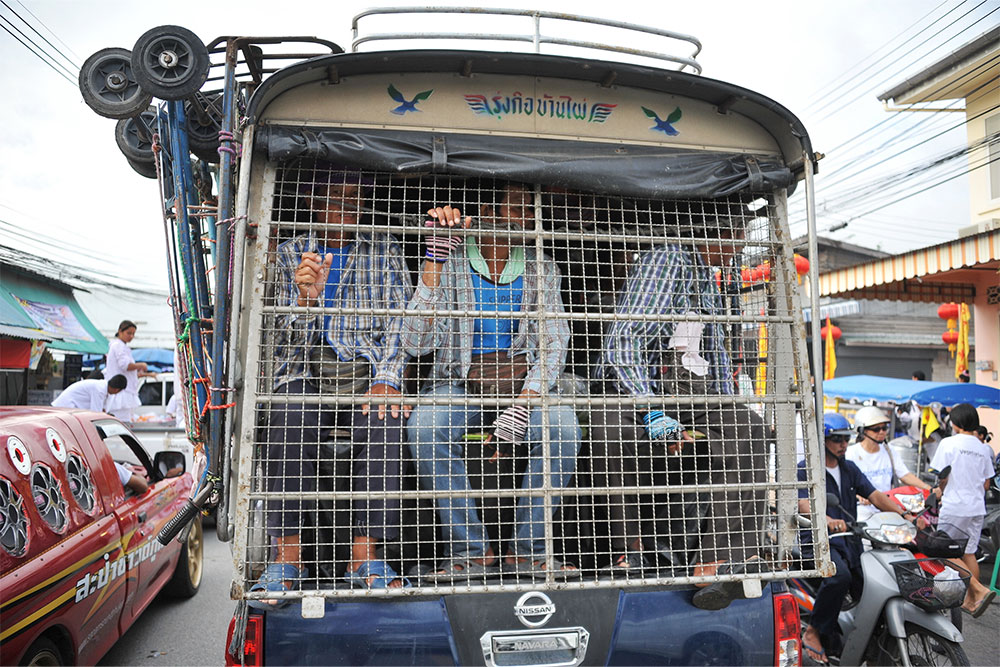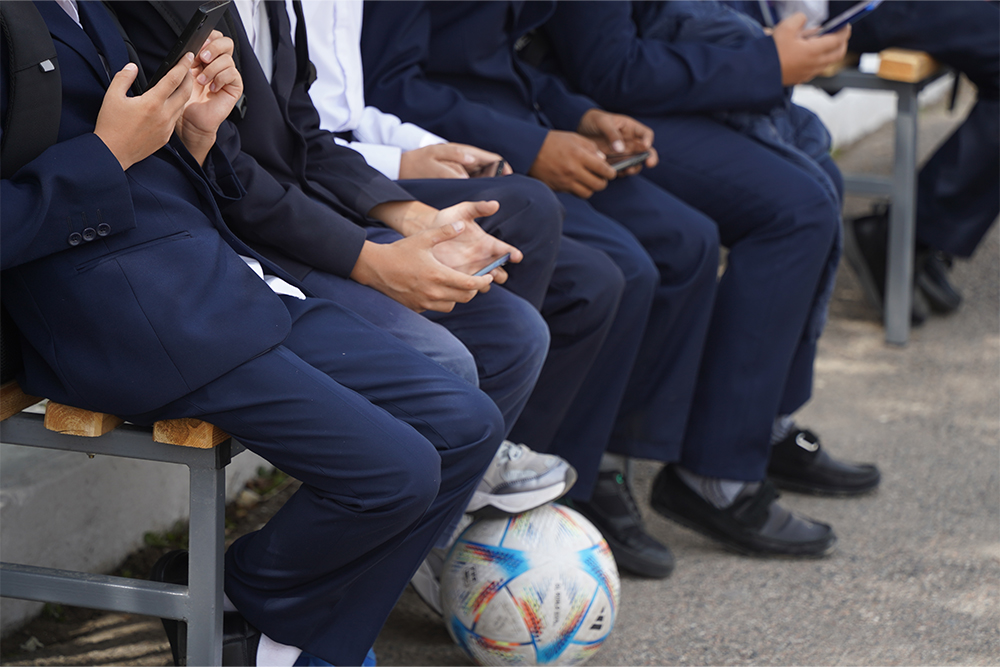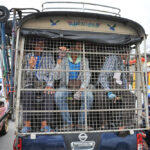
The answer to ‘What is slip and trip mapping used for?’ is more straightforward than you might expect. It’s used to identify slip and trip hotspots in your workplace so you can plan how to prevent future incidents.
You don’t need software or technical drawing skills to do slip and trip mapping. It’s a simple four-step process that anyone can follow, provided they know their workplace and have access to its accident log book.
This guide walks you through the process, why it’s beneficial and how you can use your map to prevent future slip, trip and fall incidents.
What Count as Slip, Trip and Fall Incidents?
All slips, trips and falls end on the floor. How you get there is what defines the incident.
Slips
Slips are caused by your feet (or the object you’re standing on) sliding out from under you.
Trips
Trips are caused by obstructions that catch your leg or force you off balance while walking.
Falls
Falls involve a drop from an elevated position and are often caused by the same conditions that result in slips and trips. They’re generally the most severe of the three.
Why Care About Workplace Slips and Trips?
Slips, trips or falls are the leading cause of workplace accidents in the UK, according to the Health and Safety Executive (HSE). These incidents are so common that they account for roughly a third of reportable non-fatal injuries. That’s more than the second (manual handling) and third (being struck by a moving object) leading causes combined.
These HSE statistics only cover reportable injuries, meaning each slip, trip or fall recorded hurt a worker enough to cause a minimum three-day absence from work or a serious injury such as a fracture or head trauma. Together, slips and trips are estimated to cost the UK economy around £300 million annually.
The scale of slip, trip and fall incidents can make them seem inevitable. But they’re almost always a direct consequence of how we do things or manage our work environments, which means they’re often preventable.
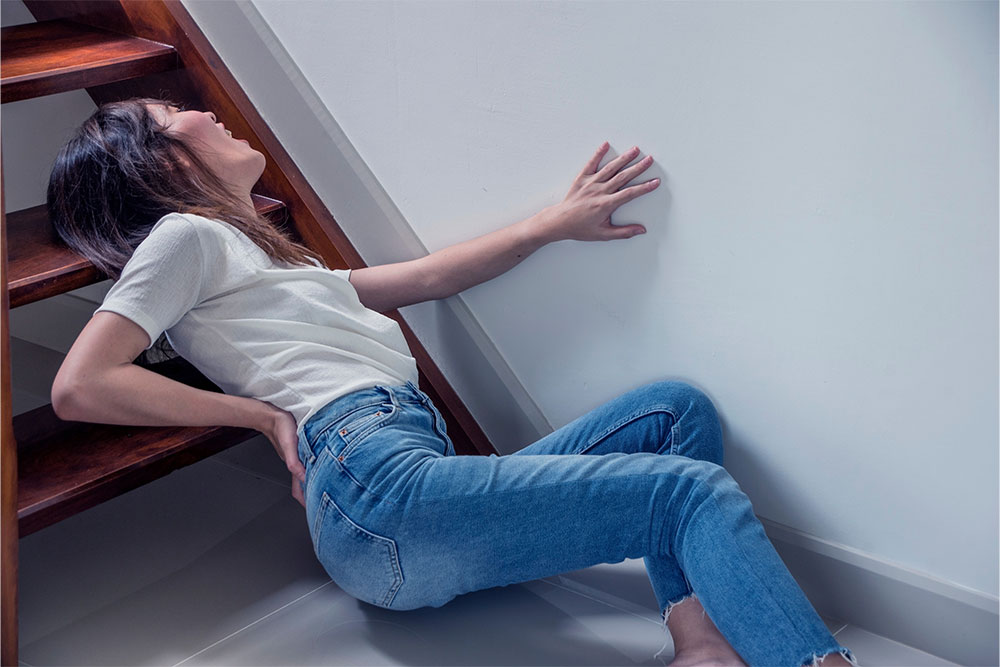
What Does the Law Say?
Compliance is another answer to ‘What is slip and trip mapping used for?’
Although there’s no specific requirement to complete a slip and trip map, it can help you meet other legal health and safety duties.
If you’re an employer, there are three pieces of legislation you need to comply with:
- The Health and Safety at Work etc. Act 1974 (HSWA) – The HSWA underpins all health and safety legislation in the UK. It places general duties on employers to protect the health and safety of their workers or anyone else affected by their work activities. Since slips and trips are an obvious risk, employers must take steps to prevent them.
- The Management of Health and Safety at Work Regulations 1999 – These regulations create the legal duty for employers to assess and control workplace risks, including slips, trips and falls.
- The Workplace (Health, Safety and Welfare) Regulations 1992 – These regulations require employers to install and maintain suitable floors and walkways and keep them free of obstructions.
What Are the Main Reasons for Slip, Trip and Fall Incidents?
Contamination
This refers to any slippery substance on the floor that shouldn’t be there. Examples include water, oil or food products.
Cleaning
Cleaning can prevent slips but also create hazards such as wet floors.
Equipment, such as vacuums, also often leaves trailing cables, creating a tripping hazard.
Flooring
Flooring must be suitable as different types can become hazardous in certain conditions. For example, break room floors that become slippery when wet are ill-advised because these areas are more likely to be contaminated by spilt food or drink.
Footwear
Similar to flooring, footwear must be suitable. Workers need shoes that are practical and fit their work and workplace.
Environment
This refers to environmental factors that can increase slip risks, for example:
- Rugs or carpets that may slip or catch people’s feet
- Poor lighting that doesn’t illuminate hazards
- Distractingly loud noises
- Cold temperatures that cause ice or frost to form on surfaces
- Areas that collect rainwater
People
Human behaviour is the cause of most slip or trip incidents.
Workers can ignore slip or trip hazards, such as a spill or bulky item left lying around. They do this for several reasons, including:
- A belief they’re only responsible for messes they make
- Inadequate systems or resources to clean up or dispose of the hazard
- No procedure for reporting hazards
Workers may also ignore safe working practices. Staff who have never experienced a slip, trip or fall can become overconfident or complacent. Some may hurry to finish their work and choose quicker but riskier methods. Others simply have not had adequate training or consultation on the hazards present in their workplace.
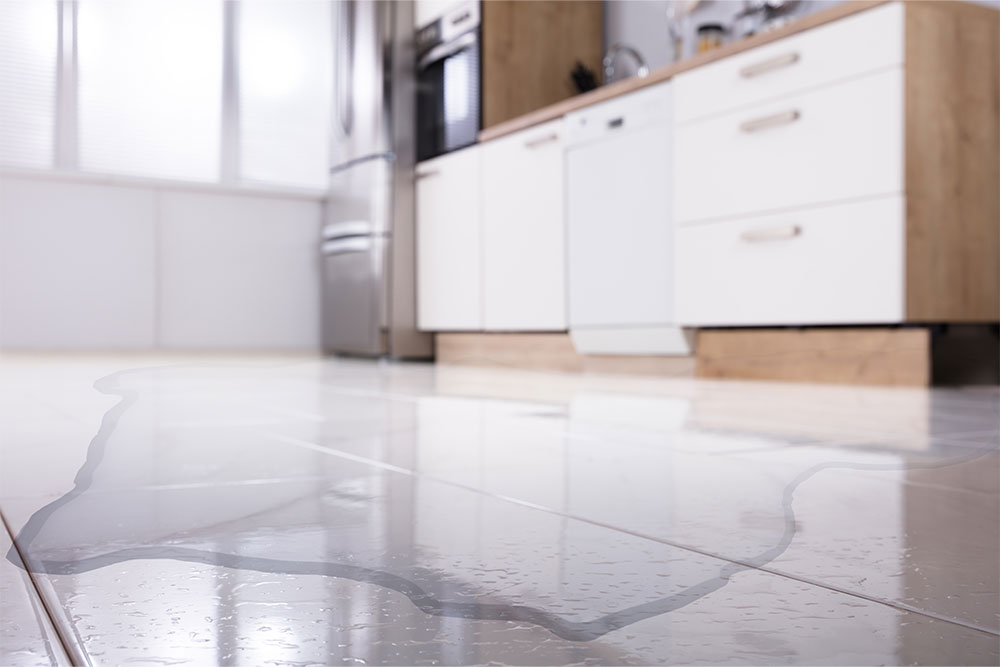
What is Slip and Trip Mapping Used For and Why Do It?
Slip and trip mapping is a technique you can use to identify where these incidents are happening and plan how to prevent them in future.
Although similar, a slip and trip map can’t replace a risk assessment. Instead, it’s a tool for ensuring all hazards are accounted for. It can also be shared with workers to make them aware of accident hotspots and what they should do to prevent an incident.
There are four steps to the process.
1. Create a Map of Your Workplace
Draw a map of your workplace or area you’re checking. It should clearly show the layout and be roughly to scale. It doesn’t need to be too detailed (or eye-catching); you’re only using it to identify high-risk areas.
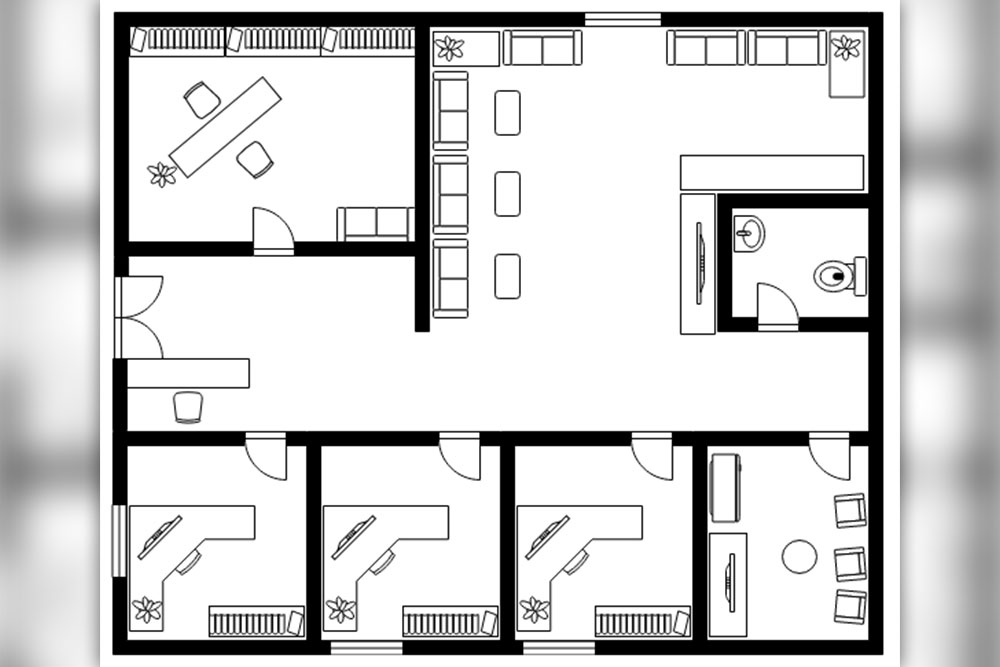
2. Label High-Risk Areas
Next, label areas where slip, trip and fall risks are higher. Consider the hazards present in your workplace and the tasks people do in different areas.
For example, contamination is more likely to happen in areas where chemicals are handled, necessitating regular cleaning, another hazard.
3. Mark Slip, Trip and Fall Incidents
Look through your accident log book and mark the location of slip, trip and fall incidents over the past 12 months. Marking incidents on the map should reveal the accident hotspots.
4. Implement Control Measures
Now you’ve visualised the accident hotspots, you know where safeguards are needed. Cross-reference where accidents are happening with the labelled hazards to decide what control measures your workplace needs.
For example, you might notice several people have slipped near an entranceway where rainwater can pool. So, you know that mats or absorbent carpets should be installed to prevent future incidents.
Key Takeaways
Slip-and-trip mapping is a straightforward tool for preventing the most common type of workplace accident. It doesn’t require technical skills or resources beyond workplace knowledge and a bit of time.
You aren’t required by law to create a map, but they can help you meet your legal duties to protect the health and safety of your workers and anyone else on-site.
How Can You Prevent Slip, Trip and Fall Incidents?
The control measures you use will depend on your workplace and why slip, trip and fall incidents are happening. For most workplaces, the leading cause is how workers act, and training is one of the best ways to change this.
Our online Slips, Trips and Falls Training course explores why these incidents happen and what can be done to prevent them. It makes workers more aware of slip, trip and fall control measures and helps prevent complacency.
If you’re the duty holder asking, ‘What is slip and trip mapping used for?’ the course can also help you through the process. You’ll be more aware of slip, trip and fall hazards and where they’re likely to appear in your workplace.















































